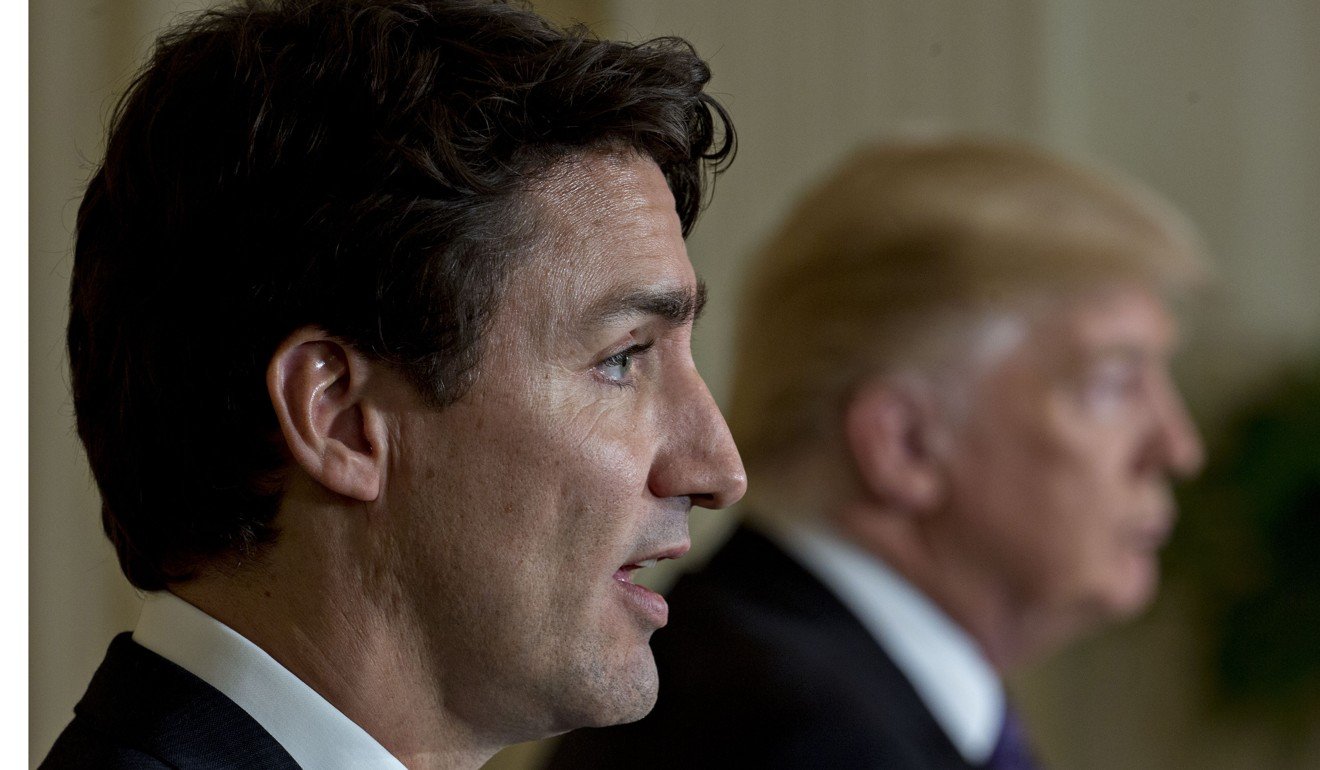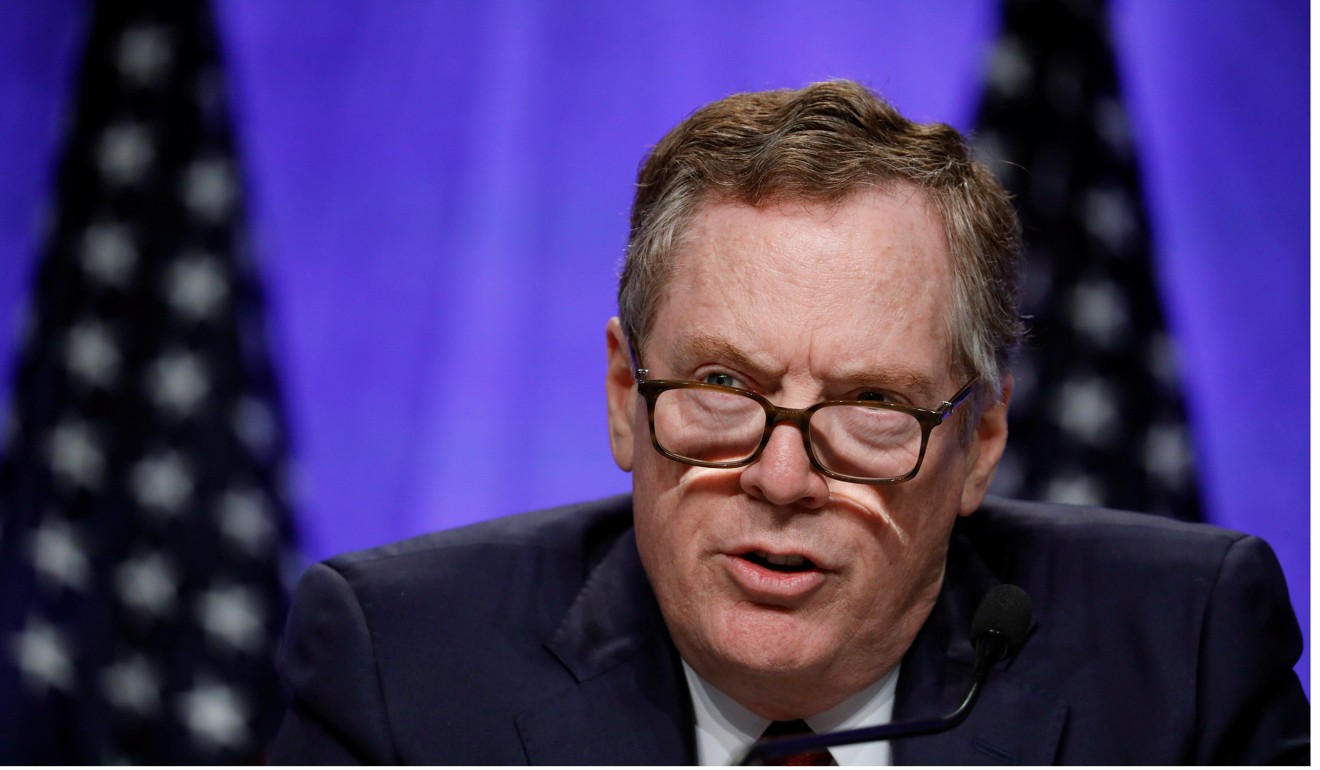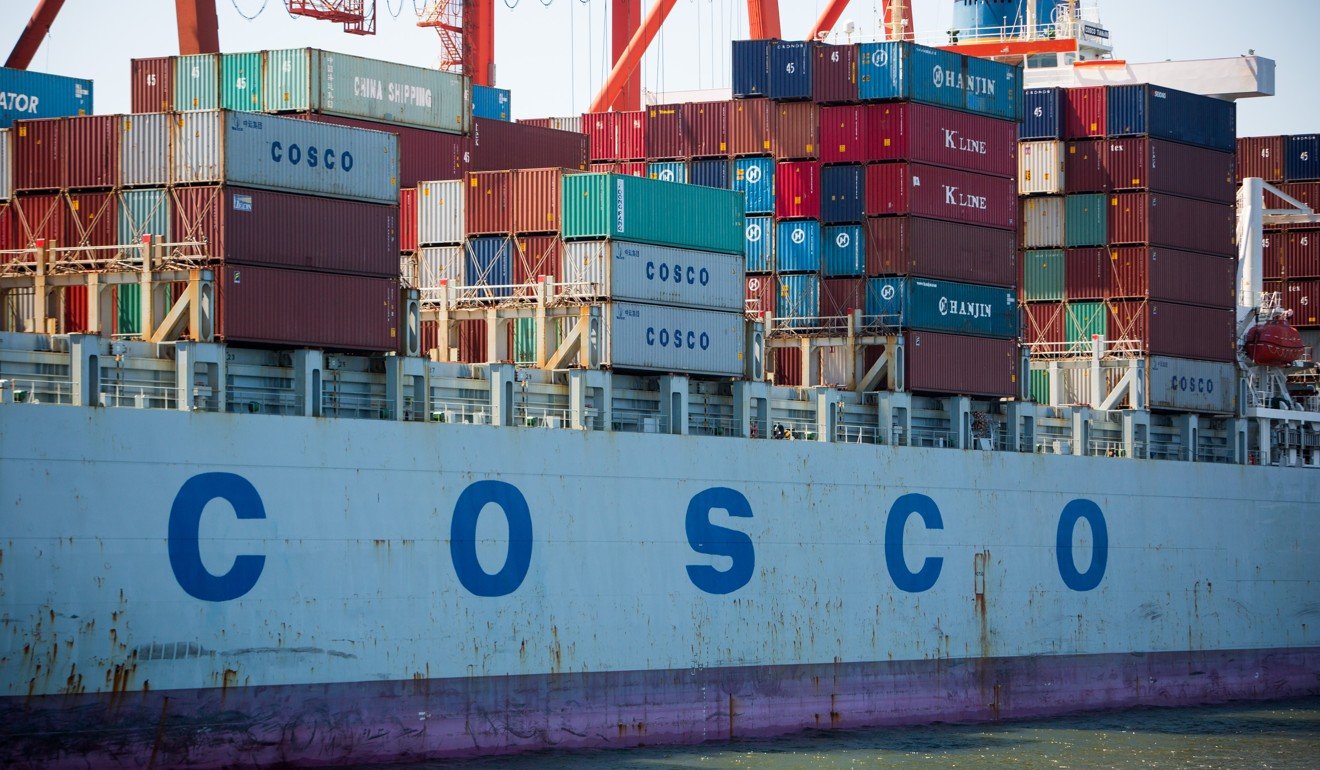
Canada pivots to China for a possible free-trade deal as rows with Trump grow
Exploratory talks are a sign that Canada sees the need to diversify its trade relations and mine the ‘great untapped potential’ of China’s marketplace
Canada has been in exploratory discussions with China on a possible bilateral free trade agreement that would address the potential and existing challenges of doing business in the world’s second-largest economy, the Canadian foreign ministry said.
The talks are a sign that Canada recognises the need to diversify its trade relations and move beyond relying on its long-time major trading partner, the US.
Brittany Venhola-Fletcher, a Global Affairs Canada spokeswoman, said in an email to the South China Morning Post on Friday that as Canada continues to explore opportunities to expand trade and investment in the fast-growing Chinese market, there remains “great untapped potential and many existing challenges in doing business with China”.

“This is why Canada and China are conducting exploratory discussions to determine whether and how to pursue a possible free trade agreement,” Fletcher said. In late April in Ottawa, China and Canada concluded a second round of “exploratory discussions” that allowed the parties to exchange views about a possible bilateral free trade agreement.
Fletcher made the comment as the US, Canada and Mexico are in the midst of the first round of renegotiating the North American Free Trade Agreement (Nafta), North America’s biggest trilateral free trade deal. US President Donald Trump in March called Nafta the “worst trade deal ever signed”, blaming Canada and particularly Mexico for the US trade deficit and the flight of jobs from the US.
Robert Lighthizer, the US’s top trade negotiator, criticised Canada for its role in causing the US’s trade deficit. In a statement on Wednesday, he said that in recent years, the US has seen “some improvement in our trade balance with Canada. But over the last 10 years, our deficit in goods has exceeded $365 billion”.

“He [Trump] is not interested in a mere tweaking of a few provisions and a couple of updated chapters,” Lighthizer’s statement said. “We feel that Nafta has fundamentally failed many, many Americans and needs major improvement.”
The statement said the three countries needed to implement change in a number of areas, including “huge” trade deficits, rules of origin, labour provisions, currency manipulation and the trade-dispute settlement process. And “we should include provisions to guard against market-distorting practices of other countries, including third-party dumping and state-owned enterprises,” the statement said.
On Nafta renegotiation, Fletcher said Canada seeks to make the agreement “more progressive by strengthening labour and environmental protections”. The Canadian side also brings “a high level of ambition” to its aim of “securing improved market access” for Canadian businesses to “support a rules-based trading system”, he said.

Derek Scissors, resident scholar at the Washington-based American Enterprise Institute think tank, told the Post that the results of renegotiating Nafta may have implications for future trade deals with China, such as in the protection of intellectual property.
“Timing is also important,” Scissors said. “The Trump administration has talked most about trade action against China and Mexico. Whenever the Nafta talks end, successfully or unsuccessfully, China will immediately become the top US trade priority.”
Regarding the Canada-China free trade discussions, Fletcher would not speculate whether any agreement reached would import provisions or principles from the Nafta renegotiations. “Exploratory discussions are not FTA negotiations, and do not prejudge whether Canada and China will ultimately decide to launch FTA negotiations,” Fletcher said.

Stewart Beck, CEO of the Asia Pacific Foundation of Canada, said in an interview with CNBC this week that “the challenge has been, historically, certainly over the last five years, a certain reluctance in terms of the Canadian population to engage in a free-trade agreement with China.”
But the tougher trade rhetoric coming from the US may make it easier for Canada to pivot toward Asia, Beck said, “Canadians are now beginning to realise that we do have to diversify our trade relationships and China is the second-largest economy and that’s a very important economy for Canada.”
in an opinion article published in the Financial Post, a Canadian newspaper, in May, Chinese Ambassador to Canada Lu Shaye wrote: “The Chinese premier and Canadian prime minister agreed last year to pursue the signing of a free-trade agreement.”
Lu continued: “Such an agreement would be of mutual benefit and deliver win-win results, being not only helpful for China to enter the Canadian market, but also favourable for Canadian businesses to enter the Chinese market, which is much bigger.”

